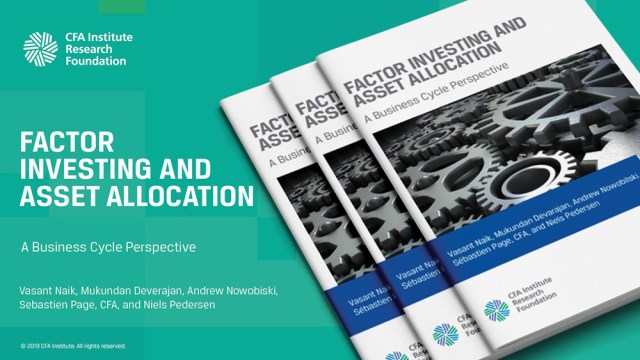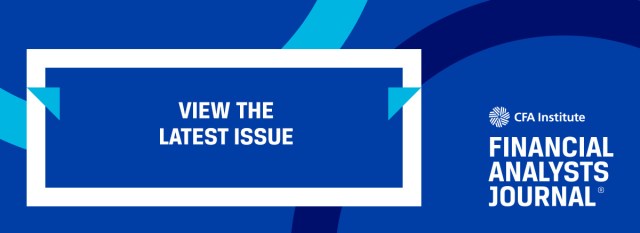[ad_1]
Eugene F. Fama and Kenneth R. French introduced their three-factor model augmenting the capital asset pricing model (CAPM) nearly three decades ago. They proposed two factors in addition to CAPM to explain asset returns: small minus big (SMB), which represents the return spread between small- and large-cap stocks, and high minus low (HML), which measures the return spread between high book-to-market and low book-to-market stocks.
Fama and French’s initial framework has since undergone many alterations and evolutions as other researchers added their own factors and put their own spin on the duo’s insights. For their part, Fama and French updated their model with two more factors to further capture asset returns: robust minus weak (RMW), which compares the returns of firms with high, or robust, operating profitability, and those with weak, or low, operating profitability; and conservative minus aggressive (CMA), which gauges the difference between companies that invest aggressively and those that do so more conservatively.
So how well has Fama and French’s five-factor model explained returns over the decades? According to our analysis, only one factor has truly held up over all time periods.
To gauge a factor’s performance, we constructed a $1 portfolio and then tracked its growth as if we were an investor going long on the factor in question. For example, the SMB portfolio represents $1 invested in 1926 in a portfolio that is long a basket of small-cap stocks and short one of large-cap stocks.
The SMB or size factor performed extremely well up to about 1982, generating returns of about 600% over the time period. Then from 1982 to 2000, the pattern reversed and large-cap stocks outdid small caps. The factor rebounded a bit thereafter but has largely stagnated over the last 10 or 15 years.
SMB Cumulative Returns
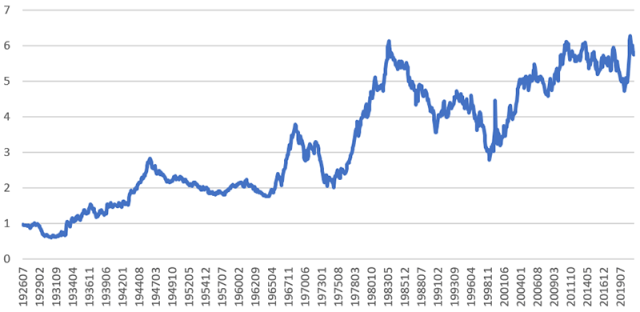
Though causation in these instances is difficult if not impossible to establish, this falling and plateauing performance warrants an explanation. And there is ample speculation as to the causes, macro or otherwise. After all, global markets have undergone many an evolution since the Roaring ’20s. But if we accept Occam’s razor that the simplest explanation is often the likeliest, Clifford Asness’s theory may have the most appeal: “There Is No Size Effect.”
The HML factor’s plight is well documented. Value investing — buying high book-to-market firms and shorting their low book-to-market peers — had an historic run from 1926 to 2007. Over this time frame, a long-short HML portfolio generated over 4000% returns.
But the tide has turned. Since 2007, the results have completely flipped. Following the Great Recession, this same long-short portfolio lost about half of its value as growth stocks took off. Indeed, many have written the value factor’s obituary.
HML Cumulative Returns
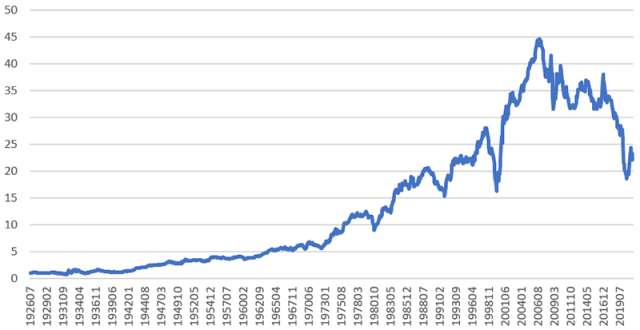
But Robert D. Arnott and his co-authors have offered a different narrative: “Reports of Value’s Death May Be Greatly Exaggerated.” They attribute the value factor’s recent underperformance to two phenomena: the HML book-value-to-price definition, which they contend does not adequately account for intangible assets, and the plunge in valuations of value vs. growth stocks.
The CMA factor’s trajectory somewhat mirrors that of HML. Backing companies that invest conservatively worked well for more than 40 years. But since 2004, the power of this factor has dissipated. In particular, since 2013 the stocks of firms that invest aggressively have only netted 20% excess returns.
CMA Cumulative Returns
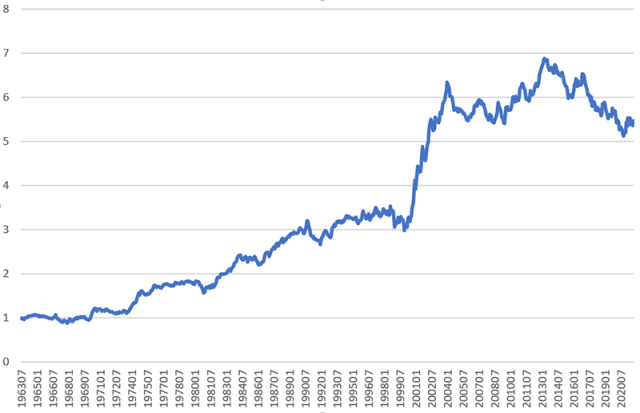
Which brings us to the quality factor, or RMW. RMW is the single factor that has consistently delivered excess returns. Over all economic cycles since 1963, going long high quality stocks, or profitable firms, and shorting their low quality, unprofitable counterparts has been a great investment strategy. And the power of the factor has not diminished.
As Jason Hsu, Vitali Kalesnik, and Engin Kose have written, the definition of quality has proven rather malleable, but “Profitability and investment-related characteristics tend to capture most of the quality return premium.”
RMW Cumulative Returns
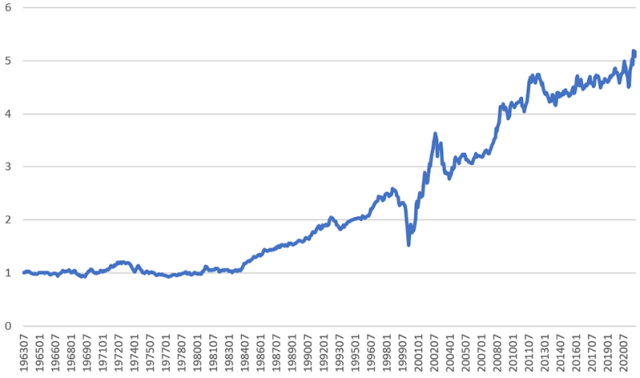
Of course, when Fama and French proposed their three-factor model, the hunch was that the SMB and HML factors would consistently deliver value over time just as the RMW has. That hasn’t panned out. Whether RMW continues to be the gem factor that always delivers excess returns going forward remains to be seen. But it’s worth remembering that sometimes this time really is different.
Still, the key lesson of Fama and French’s five-factor model and recent market history is simple if not especially revelatory: Investing in profitable companies has been a sound and time-tested strategy.
If you liked this post, don’t forget to subscribe to the Enterprising Investor.
All posts are the opinion of the author. As such, they should not be construed as investment advice, nor do the opinions expressed necessarily reflect the views of CFA Institute or the author’s employer.
Image credit: ©Getty Images / artur carvalho
Professional Learning for CFA Institute Members
CFA Institute members are empowered to self-determine and self-report professional learning (PL) credits earned, including content on Enterprising Investor. Members can record credits easily using their online PL tracker.
[ad_2]
Image and article originally from blogs.cfainstitute.org. Read the original article here.


